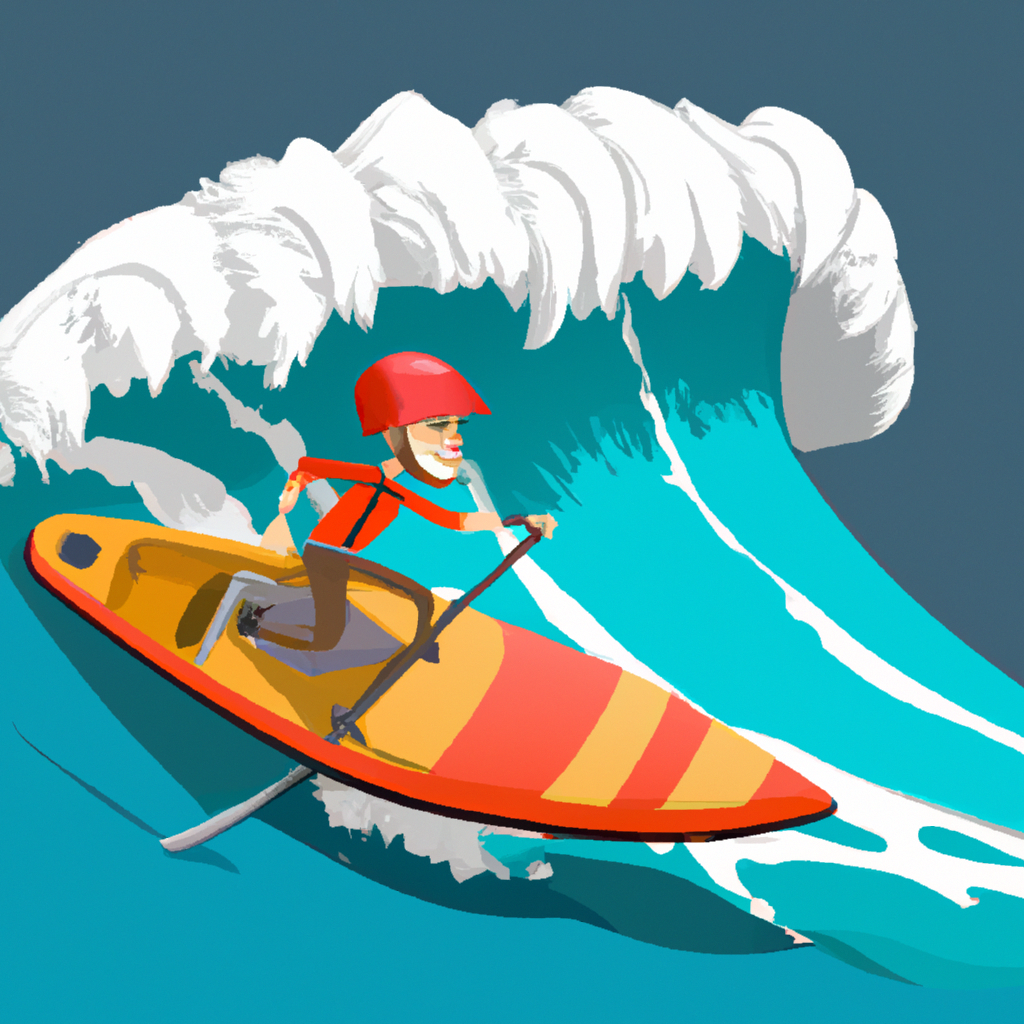Welcome to our complete tour of the fascinating world of water sports. If you are passionate about water and adrenaline, this article is made for you. From the calm waters of a lake to the unpredictable waves of the ocean, water sports offer a multitude of exciting and challenging experiences. In this article, we will explore the origins and growing popularity of these sports, unravel the rules and details of the most practiced disciplines, discuss the essential equipment required and, finally, share some tips and techniques to help you improve your skills. Whether you're a beginner looking for a new hobby or a veteran looking to perfect your technique, there's something for everyone in this deep dive into water sports.
- 1. "Introduction to Nautical Sports: History and Popularity"
- 2. "Details and Rules of the Main Nautical Sports"
- 3. "Essential Equipment for Practicing Water Sports"
- 4. "Tips and Techniques to Improve in Nautical Sports"
1. "Introduction to Nautical Sports: History and Popularity"
Water sports, a broad and diverse category of water sports, have been a source of recreation, competition and exploration for centuries. Since the early days of sailing and fishing, humanity has found ways to interact and challenge itself in the vast landscape of oceans and waterways. Today, water sports have evolved to include a wide variety of activities, from rowing and sailing to diving and surfing. As technology has advanced, so have these sports, with new disciplines and techniques constantly emerging. Water sports enjoy considerable popularity around the world, for both participants and spectators, thanks to their unique combination of physical skill, strategy and connection to the natural environment.
2. "Details and Rules of the Main Nautical Sports"
Water sports are a wide range of activities practiced in the water and can range from leisure sports to high-intensity competitions. Some of the main water sports include sailing, surfing, rowing, kayaking, water skiing and diving. Each of these sports has its own rules and specific details that make them unique. For example, surfing requires a specialized board and ocean waves to surf; The rules are quite flexible, but in competitions, judges evaluate aspects such as technical skills, movements and difficulty. In contrast, sailing is a sport that requires a boat and the rules are stricter, with competitions evaluating speed, the ability to handle the boat and the tactics used to make the most of wind conditions. Rowing and kayaking, although similar, have different rules and details; Rowing is practiced with a two-bladed paddle and athletes sit with their backs to the direction of movement, while in kayaking a single-bladed paddle is used and athletes sit facing the direction of movement. Each water sport has its charm and challenges, and it is crucial to know its details and rules to enjoy them safely and effectively.
3. "Essential Equipment for Practicing Water Sports"
The essential equipment for practicing water sports varies depending on the type of activity to be carried out, but there are some common elements that are essential. First of all, a life jacket is a safety item that every water athlete should have, as it provides buoyancy in the event of a fall into the water. In addition, it is necessary to have the appropriate clothing to protect yourself from the sun, maintain body temperature and resist abrasion from water and wind. This may include wetsuits, hats, sunglasses and high-protection sunscreens. Another fundamental element is the specific equipment for each sport, such as a surfboard, a sailing boat, a kayak, among others. Also, you should not forget about first aid equipment and emergency signaling devices. Finally, it is important to have a basic knowledge of navigation and meteorology to be able to interpret sea and weather conditions.
4. "Tips and Techniques to Improve in Nautical Sports"
Getting better at water sports requires patience, practice, and a solid understanding of basic techniques. First of all, it is essential to familiarize yourself with the rules and specific equipment of the sport you are practicing, whether it is sailing, kayaking, surfing, among others. Make sure you have the right equipment and that it is in good condition. Secondly, it is important to have good physical preparation. Water sports often require a great deal of upper body strength and cardiovascular endurance. Perform regular exercises to strengthen these muscle groups and improve your endurance. Third, don't underestimate the value of professional lessons. A qualified instructor can provide you with valuable feedback and help you perfect your techniques. Lastly, practice as much as you can, preferably in different water and weather conditions to gain versatility and experience. Remember, the goal is to enjoy, so don't be discouraged if improvements don't come right away.

